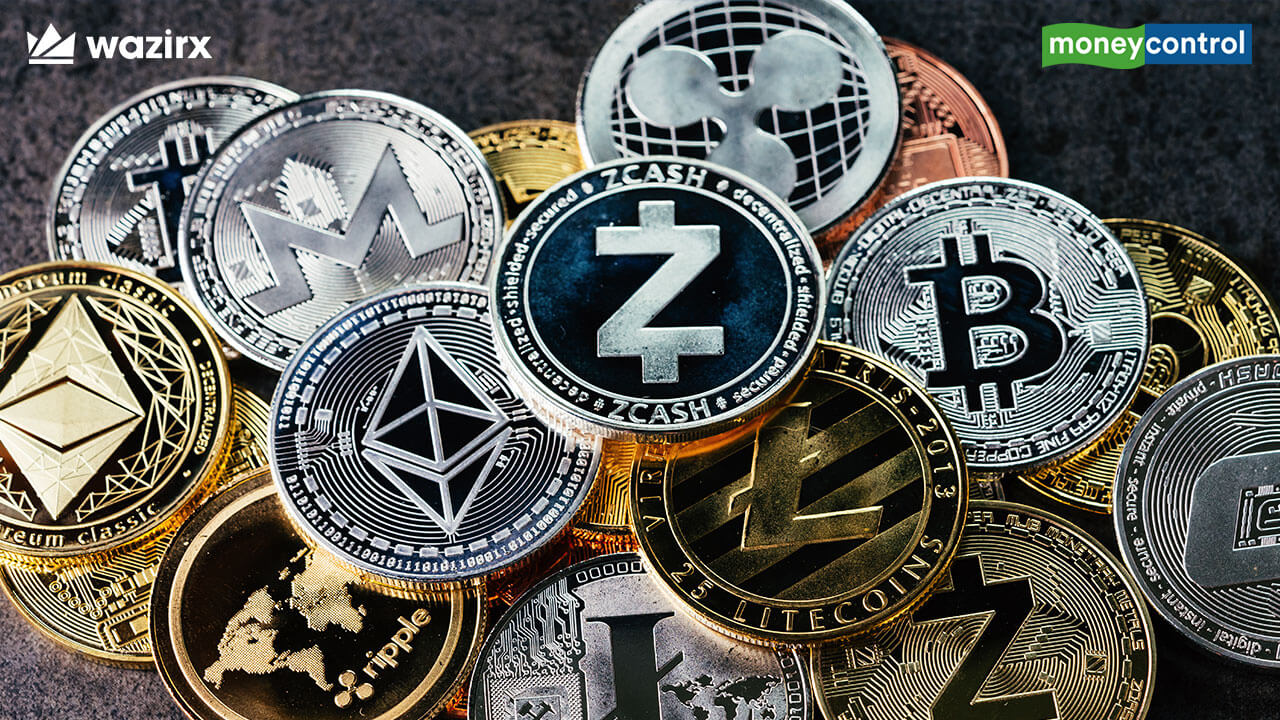- All about investing in cryptocurrency
- All about cryptocurrency trading
- Learn all about cryptocurrency
All about cryptocurrency
Mining is the process by which new cryptocurrency coins or tokens are created and transactions are verified using the PoW consensus mechanism. Miners use powerful computers to solve complex mathematical problems that secure the network, and in return, they are rewarded with newly created coins and transaction fees https://australia-casino-review.com/. This process is resource-intensive and requires significant computational power.
Bitcoin is the first and most popular cryptocurrency. It was created in 2009 by an individual or group under the pseudonym Satoshi Nakamoto. Since then, thousands of cryptocurrencies have emerged, each with unique characteristics and purposes.
Cryptocurrency is a relatively risky investment, no matter which way you slice it. Generally speaking, high-risk investments should make up a small part of your overall portfolio — one common guideline is no more than 10%. You may want to look first to shore up your retirement savings, pay off debt or invest in less-volatile funds made up of stocks and bonds.

All about investing in cryptocurrency
Need help repaying debt or rebuilding your budget? MMI’s powerful debt repayment tools can have you out of credit card debt in as little as 24 months. Begin your free online financial analysis and see what we can do for you.
Binance Coin (BNB) is a form of cryptocurrency that you can use to trade and pay fees on Binance, one of the largest crypto exchanges in the world. Since its launch in 2017, Binance Coin has expanded past merely facilitating trades on Binance’s exchange platform. Now, it can be used for trading, payment processing or even booking travel arrangements. It can also be traded or exchanged for other forms of cryptocurrency, such as Ethereum or bitcoin.
The same principles apply to Ethereum. “Ether” is the cryptocurrency of the Ethereum blockchain, where developers can build financial apps without the need for a third-party financial institution. Developers must use Ether to build and run applications on Ethereum, so theoretically, the more that is built on the Ethereum blockchain, the higher the demand for Ether.
The cryptocurrency landscape is constantly evolving, driven by technological advancements, regulatory changes, and increasing mainstream adoption. Emerging innovations like decentralized finance (DeFi) are revolutionizing traditional banking by offering borderless, trustless financial services. Non-fungible tokens (NFTs) continue to expand beyond digital art, influencing industries like gaming, entertainment, and intellectual property. Meanwhile, central bank digital currencies (CBDCs) are gaining traction as governments explore integrating blockchain technology into national economies.
All about cryptocurrency trading
The concept behind a digitally traded asset dates back to the late 1980s, though a prototype wasn’t created until 1995. Known as “Digicash,” this early form of what would become cryptocurrency was created by David Chaum and required software linked to a user’s bank account—blockchain had not come into existence yet. Chaum may have been the creator of early prototypes of the digital coin, but it was Satoshi Nakamoto who published a white paper on Bitcoin in 2008 and is credited with building the foundation for where cryptocurrency is today.
Unlike traditional currencies, cryptocurrencies exist only as a shared digital record of ownership, stored on a blockchain. When a user wants to send cryptocurrency units to another user, they send it to that user’s digital wallet. The transaction isn’t considered final until it has been verified and added to the blockchain through a process called mining. This is also how new cryptocurrency tokens are usually created.
When you see the balance in your destination exchange account, you are now ready to buy altcoins. Here’s what it would look like when you have a Litecoin balance at Poloniex. This can be found in Balances > Deposits and Withdrawals in Poloniex.
So how do we make money? Our partners compensate us. This may influence which products we review and write about (and where those products appear on the site), but it in no way affects our recommendations or advice, which are grounded in thousands of hours of research. Our partners cannot pay us to guarantee favorable reviews of their products or services. Here is a list of our partners.

The concept behind a digitally traded asset dates back to the late 1980s, though a prototype wasn’t created until 1995. Known as “Digicash,” this early form of what would become cryptocurrency was created by David Chaum and required software linked to a user’s bank account—blockchain had not come into existence yet. Chaum may have been the creator of early prototypes of the digital coin, but it was Satoshi Nakamoto who published a white paper on Bitcoin in 2008 and is credited with building the foundation for where cryptocurrency is today.
Unlike traditional currencies, cryptocurrencies exist only as a shared digital record of ownership, stored on a blockchain. When a user wants to send cryptocurrency units to another user, they send it to that user’s digital wallet. The transaction isn’t considered final until it has been verified and added to the blockchain through a process called mining. This is also how new cryptocurrency tokens are usually created.
Learn all about cryptocurrency
However, Balina emphasizes the importance of education, knowledge, and thorough understanding before doing so. Whether a beginner or a professional investor, this book offers all the information needed, from how traditional finance links to DeFi, NFTs, and tokens, and provides the knowledge required to invest in digital assets profitably.
“Bitcoin Billionaires” is a story based on actual events. Author Mezrich, an occupational writer and author of several other best-selling non-fiction books, has also written a book about Mark Zuckerberg, founder of Facebook, “The Accidental Billionaires,” the basis for the Academy Award-winning movie The Social Network.
You can also hedge your holdings, which means taking a position in a related asset that is expected to move in the opposite direction of the primary position. The purpose is to offset potential losses.
Unlike many other best crypto books that capture the history of the first and most prominent cryptocurrency globally, Bitcoin, “The Infinite Machine” is about the second-largest cryptocurrency in the world, Ethereum—written by Camila Russo. She is a financial journalist and founder of The Defiant, a media company that focuses on decentralized finance.
This book includes an introduction to bitcoin for non-technical users and investors, details of the technical foundations of Bitcoin and other cryptocurrencies, decentralized network, peer-to-peer model, and covers explanations of things like wallet keys, addresses, and wallets, including user stories and examples.

